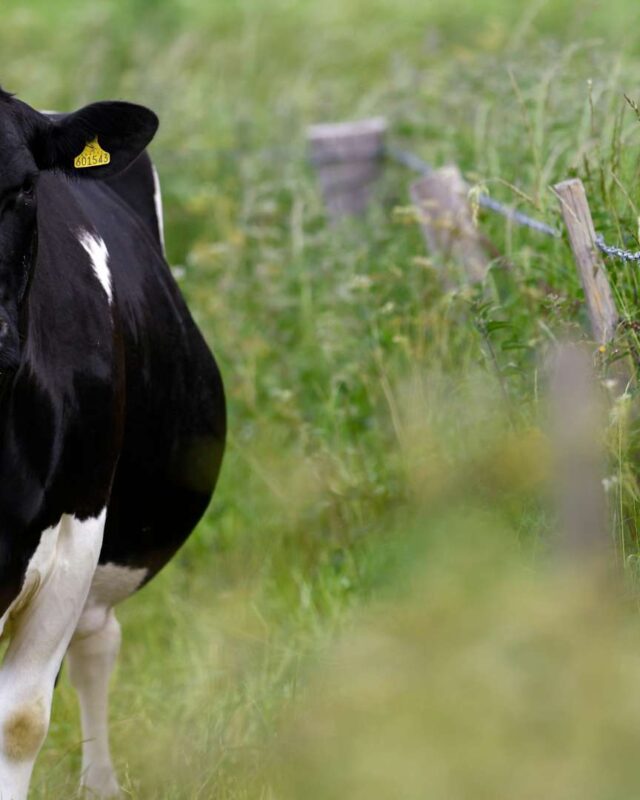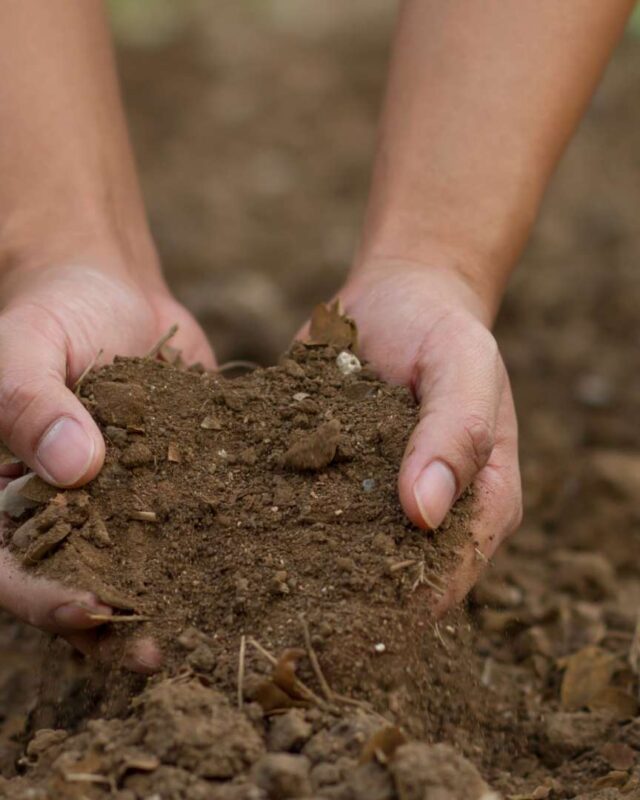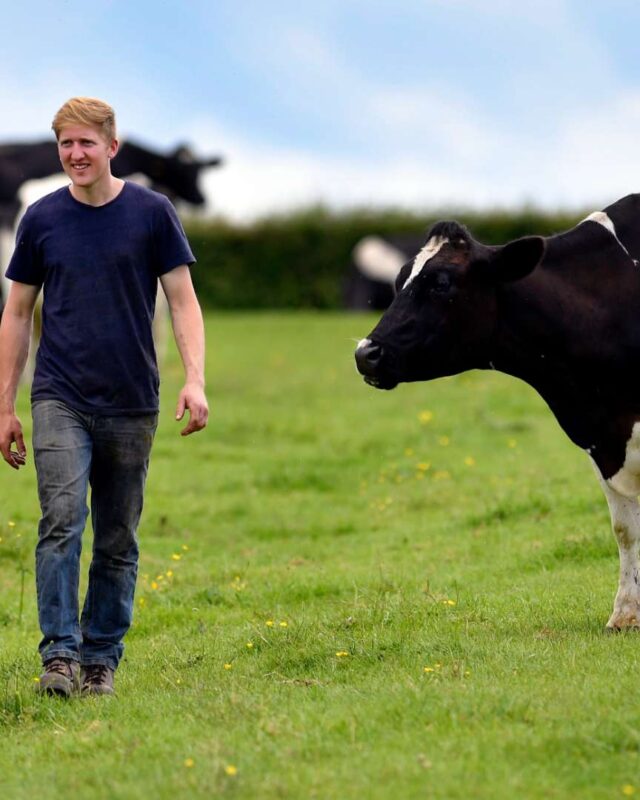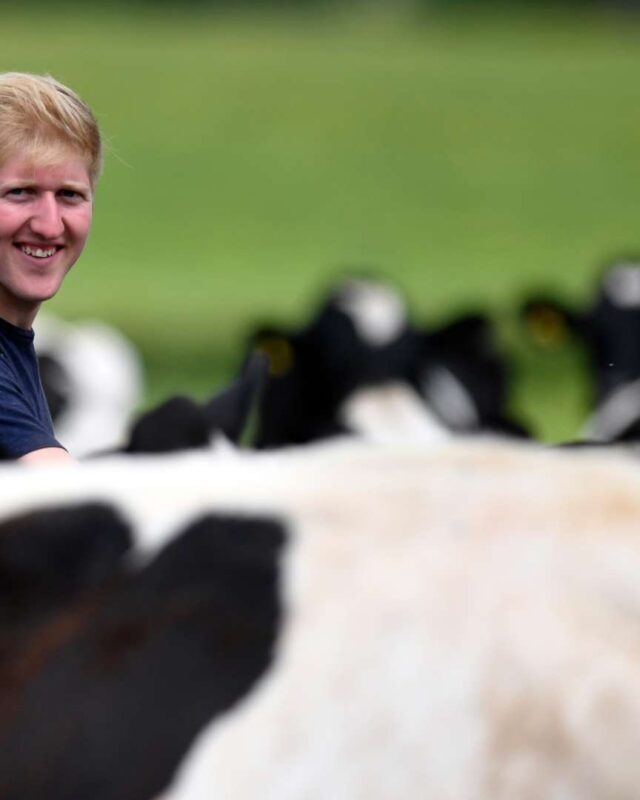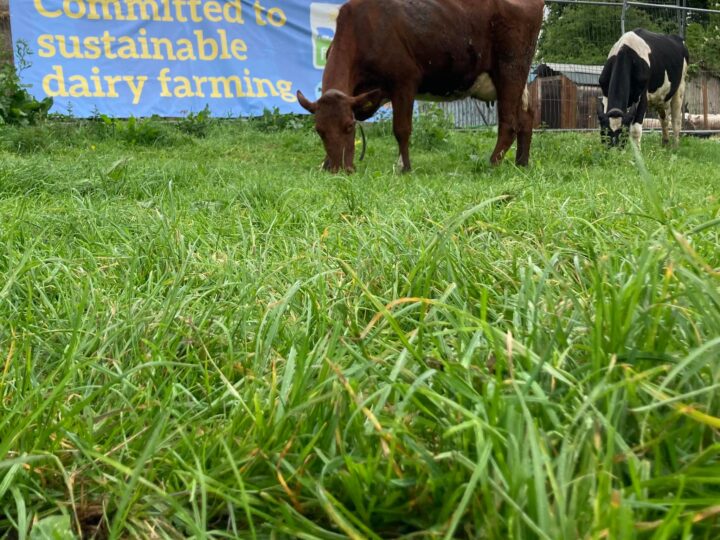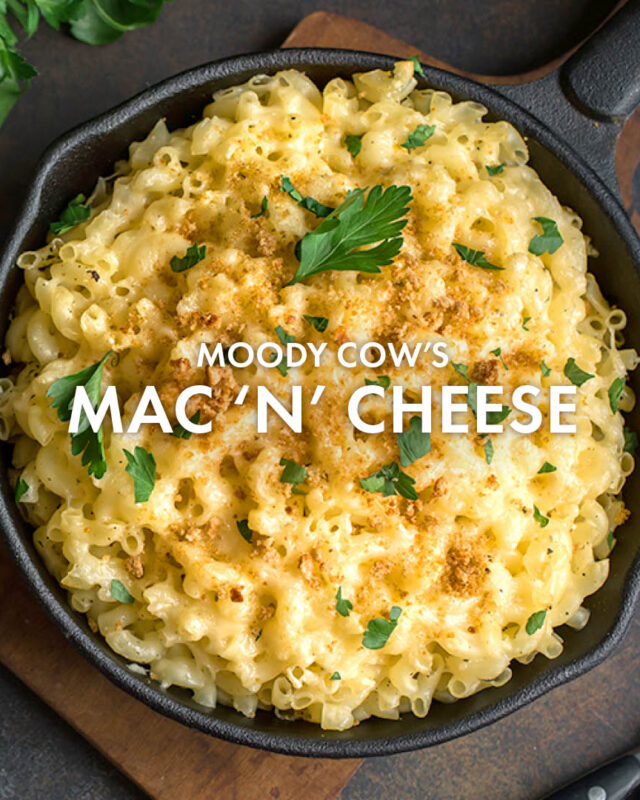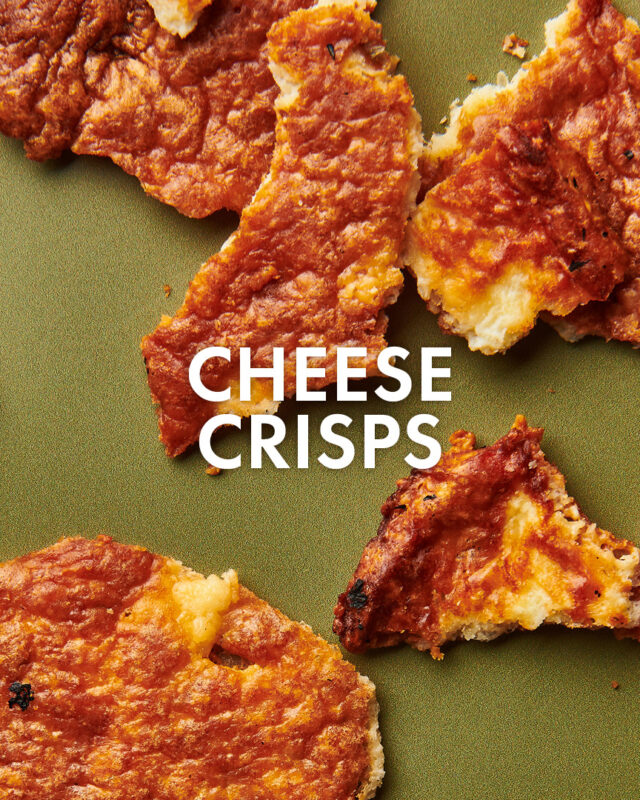What is regenerative farming?
Golden Hooves farmers farm regeneratively, but what does that mean?
Regenerative farming is where farmers produce food in a way that improves the environment. Central to this is healthy, living soil.
Why is healthy soil important?
Healthy soil sustains life on earth. It grows our food, protects us against flooding, purifies our water. And the healthier soil is, the healthier the plants are that grow in it, leading to healthier animals and healthier, more nutritious food, like our Golden Hooves milk and cheese.
Soil is also key to combatting climate change, as healthy soil – soil that has higher organic matter – also contains more carbon. As plants grow, they capture carbon in the soil, which means that well managed soils also play a critical role in mitigating CO2 emissions.
Did you know? Soil contains four times more carbon than all the plant and trees in the world combined. There are also more creatures living in a teaspoon of healthy soil than people on the planet. So, it’s really precious.
How does regenerative farming make soil healthier?
Regenerative farming is about maintaining a vibrant and diverse population of plants and disturbing the soil as little as possible. It then relies on integrating livestock into farming systems to feed the soil microbes and the plants that are growing, thereby nourishing the earth.
Our regenerative Golden Hooves farmers grow a mixture of plants in their fields, some with very long roots, others shorter. This helps protect the soil surface from extremes of weather, prevents soil erosion and ensures a resilient plant population that can withstand different weather conditions and still nourish the animals that graze the pasture.
Why hooves are golden
Cows sometimes get a bad rap when it comes to climate change, but did you know that cows have magic hooves? When cows graze pasture, they are walking, moo-ing muck spreaders and they naturally recycle nutrients into the soil, which they tread in when they walk, feeding the soil and helping to sequester carbon. Cows are part of the natural carbon cycle and when pasture is grazed in this traditional way it can sequester more carbon than woodland. So, regenerative cows can help address climate change rather than contributing to it. How about that?
Of course, at the same time they are doing good for the planet they are also producing fabulous, nutritious milk for you to enjoy.



